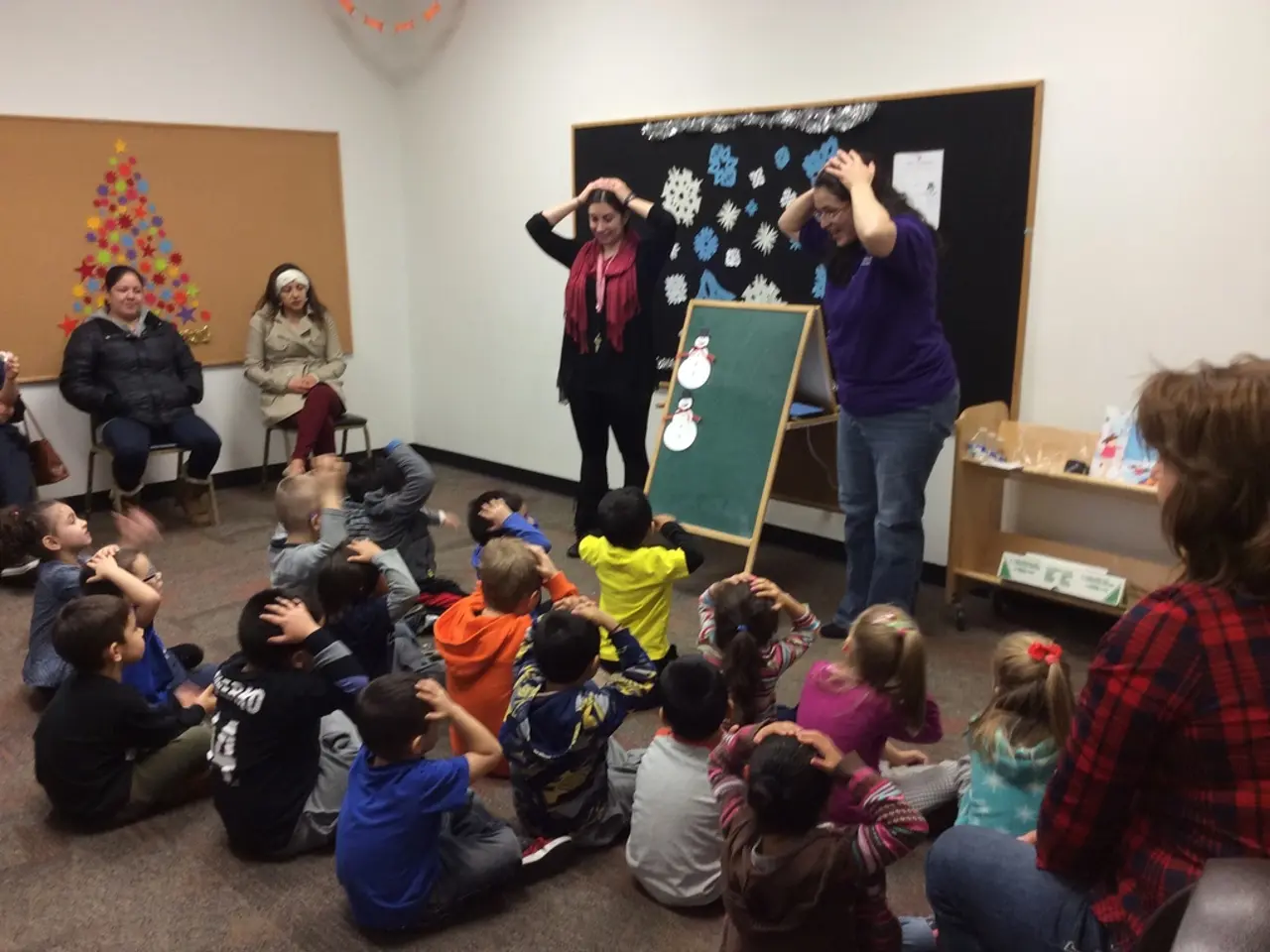A Professional Learning Community refers to a group of educators who collaborate to enhance their teaching practices, share ideas, and support each other in their professional development.
In the realm of education, Professional Learning Communities (PLCs) have emerged as a transformative force, fostering collaboration and continuous improvement among educators.
A Professional Learning Community (PLC) is a group of educators who regularly collaborate to enhance their teaching methods, with the ultimate goal of improving student learning results. PLCs prioritize a shared vision and goals, collaborative culture, focus on student learning, continuous improvement, data-driven decision making, reflective practice, and supportive leadership.
The key elements of a PLC include structured collaboration, a clear vision and purpose, regular meetings, data-driven decision making, and a focus on improving teaching practice to enhance student learning and engagement. Typically, these communities consist of small teams of educators (3 to 6 members) who meet regularly (at least three times a term) to reflect, share expertise, analyze student data, and plan specific actions aligned with school priorities to improve outcomes.
The main benefits of PLCs are enhanced teacher collaboration and exchange of effective teaching practices, collective learning that fosters professional growth, improved student performance and engagement due to more informed and reflective teaching, and increased teacher empowerment and reduced burnout through supportive peer networks.
To effectively implement a PLC in schools, educators should ensure every teacher and relevant staff are part of a PLC team, schedule consistent, regular meetings focused on student learning and teaching improvements, use a clear framework or cycle to guide activities and reflect on progress collectively, base discussions and decisions on current student data and align efforts with the school’s strategic goals, foster a culture of trust, inclusivity, and shared accountability, encourage open dialogue and collaboration, use tools and strategies to support ongoing reflection, knowledge sharing, and adaptation, and provide time and resources to sustain the PLC process as part of the school’s professional development program.
School administrators play a vital part in the effectiveness of a PLC. They can support PLCs by arranging regular meetings, providing resources, and removing obstacles. When established on a solid foundation, PLCs can transform a school's culture.
PLCs have been recognized as an effective way to enhance schools, providing a more cohesive approach compared to traditional professional development. They have the potential to significantly improve teaching quality and student achievement. However, ineffective collaboration can be a challenge in PLCs. Lack of leadership support can also make maintaining a PLC challenging. Burnout can result from the continuous nature of PLCs.
Despite these challenges, the benefits of PLCs are undeniable. They offer numerous benefits, including improved teaching practices, increased teacher effectiveness, enhanced student achievement, professional growth and development, stronger school culture, increased accountability, and adaptability and innovation. When implemented effectively, PLCs can truly revolutionize the educational landscape.
[1] DuFour, R., DuFour, R., Eaker, J., & Many, T. (2010). Learning by Doing: A Handbook for Professional Learning Communities at Work. Solution Tree Press.
[2] Hord, S. M., & Hord, S. M. (2005). Professional Learning Communities and Teacher Collaboration: Making a Difference for Students. Teachers College Press.
[3] Louis, K. S., & Kruse, R. J. (2003). Collaborative Learning: A Review of Research. Review of Educational Research, 73(3), 323–367.
[4] Louis, K. S., Aloise, A. G., & Kruse, R. J. (2008). Professional Learning Communities and Teacher Collaboration: A Systematic Review of Research. Review of Educational Research, 78(3), 538–570.
[5] DuFour, R., DuFour, R., Eaker, J., & Many, T. (2006). What is a Professional Learning Community? Educational Leadership, 63(8), 6–10.
- The key principle of a Professional Learning Community (PLC) lies in their emphasis on collaborative learning and continuous improvement among educators, assisting in their personal growth as well as enhancing education-and-self-development.
- Through structured collaboration, shared accountability, and a focus on learning, PLCs aim for collective learning, improved teaching practices, and student achievement, thereby fostering personal-growth and overall learning in the educational community.




